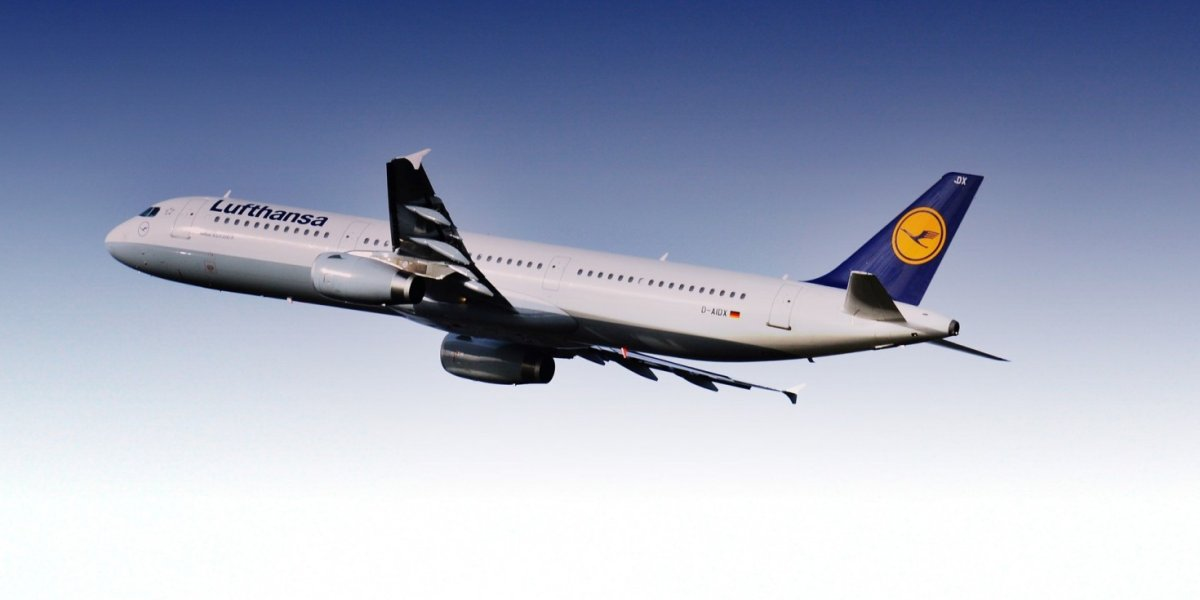Photo: Alexas Fotos
Aviation contributes 3.5% to the human-made drivers of climate change, a new study shows
Aviation accounts for 3.5% of the human-made climate impact. Two-thirds of this impact are caused by emissions other than co₂, a new study shows.
The aviation sector plays an important role in society and is growing rapidly. But the activities of the sector are also contributing to climate change, and that it not only because of the carbon dioxide (CO2) emitted by airplanes.
In a new study, researchers in 12 countries in Europe and the U.S. have worked together to improve the knowledge we have about the climate effects of global aviation, in order to understand the full climate impact of air traffic and how we can reduce it.
The study was published in the scientific journal Atmospheric Environment on 3 September and has been led by Manchester Metropolitan University. CICERO scientists Marianne Tronstad Lund and Jan Fuglestvedt are among the researchers who have been involved in the study.
Analysed 20 years of aviation emissions
“This new study is based on a thorough review of a decade of research on aviation emissions. It makes an important contribution to the scientific understanding we have of the role of aviation for climate change – an understanding decision-makers and politicians may need on the way to achieving the goals of the Paris Agreement,” Tronstad Lund says.
“Eleven years have passed since the last time a similar study was conducted, and there has been a strong growth in the aviation sector since then, particularly in Asia. In the new study, we have analysed 20 years of aviation emissions, up until and including 2018,” says Tronstad Lund.
She emphasises that the growth in aviation emissions is only partly offset by technological and operational improvements, such as more efficient engines and better landing routines.
2/3 of aviation’s climate impact caused by other factors than CO2
In addition to CO2, air traffic causes condensation trails and nitrogen oxide (NOx) emissions from the combustion of the aeroplane's fuel. Seen together, the climate impact of these two factors is bigger than that of the sector’s carbon emissions. However, the effects of condensation streaks and NOx on the climate is much more complex.
“We have today a better understanding and access to more data than the last time we studied the same issue. According to our new and best estimates, two-thirds of the aviation sector’s climate impact up until today has been due to factors other than CO2,” Tronstad Lund says.
“To understand the full climate impact of global aviation, we must thus think broader and take into account more factors than just CO2,” she says.
“The new study means that aviation’s impact on climate change can be compared with other sectors such as maritime shipping, ground transportation and energy generation," adds David Lee, the study’s lead author and a professor at Manchester Metropolitan University.
